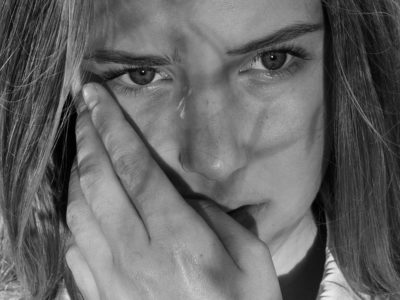The Gravity of Place — Israel Ariño’s Images Explore How Darkness Changes Reality
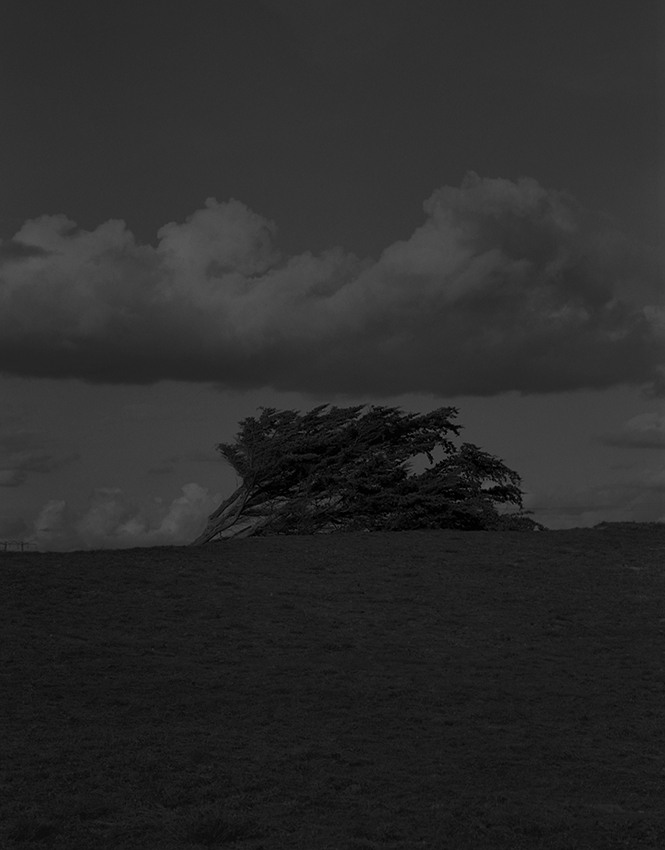
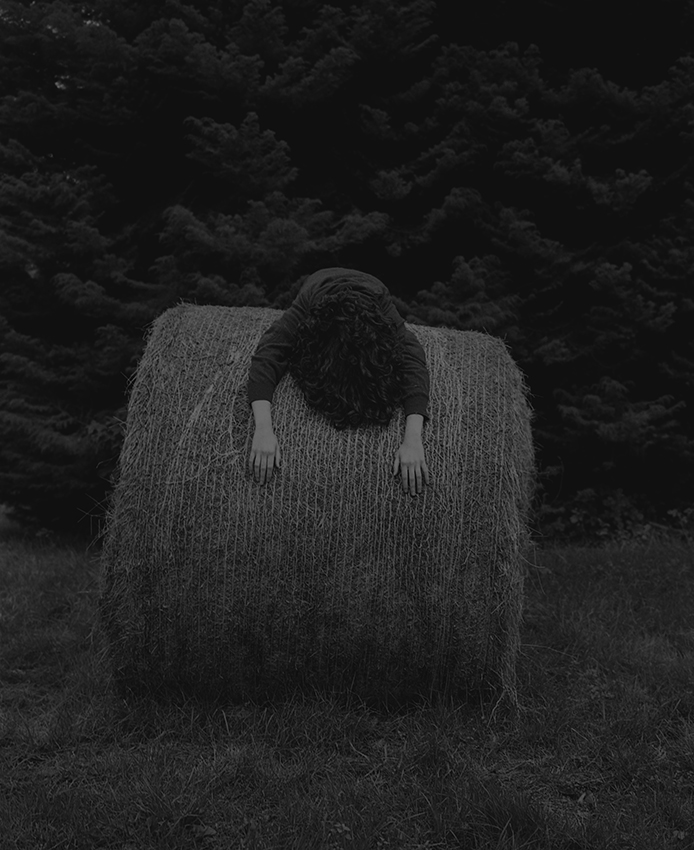
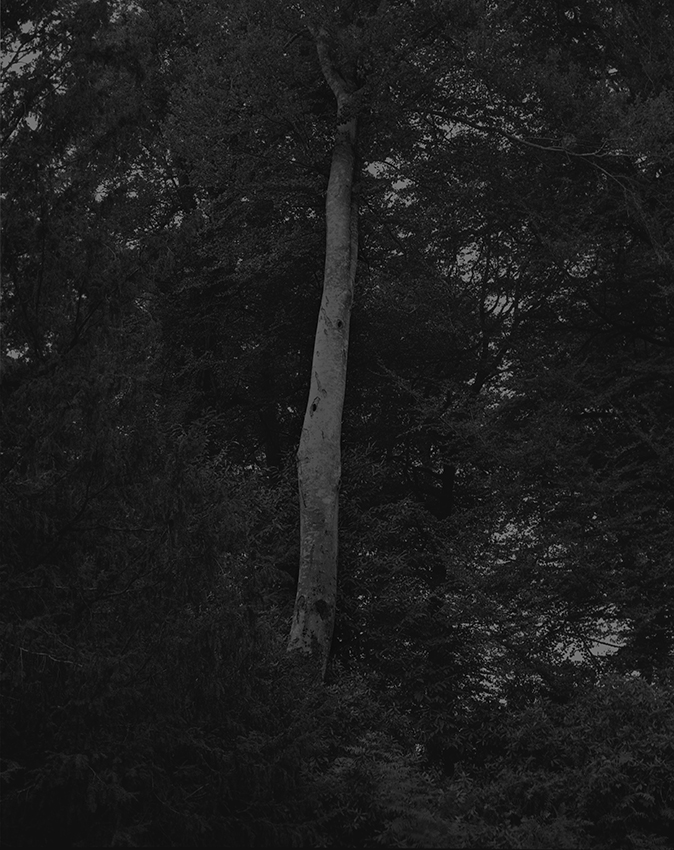
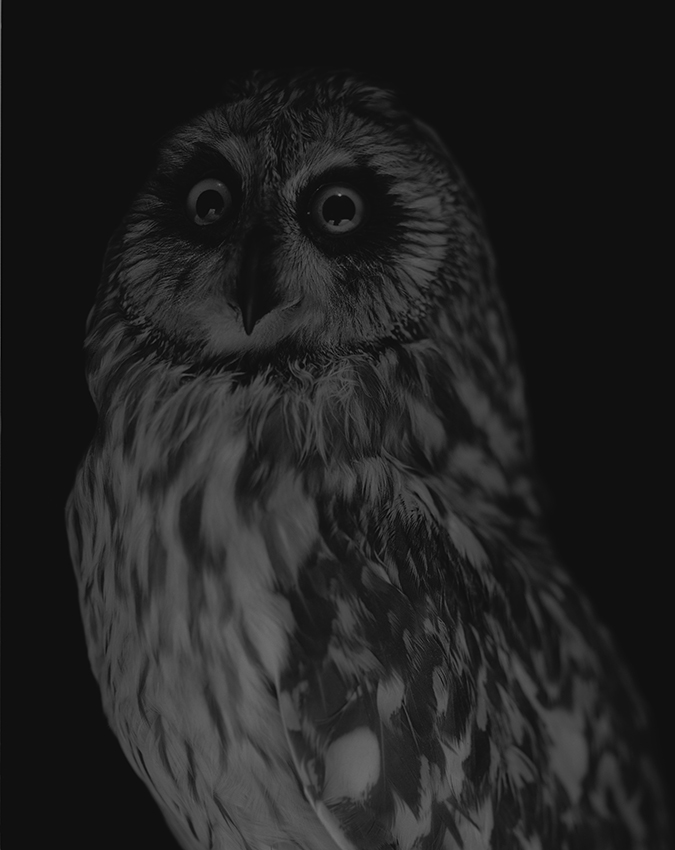

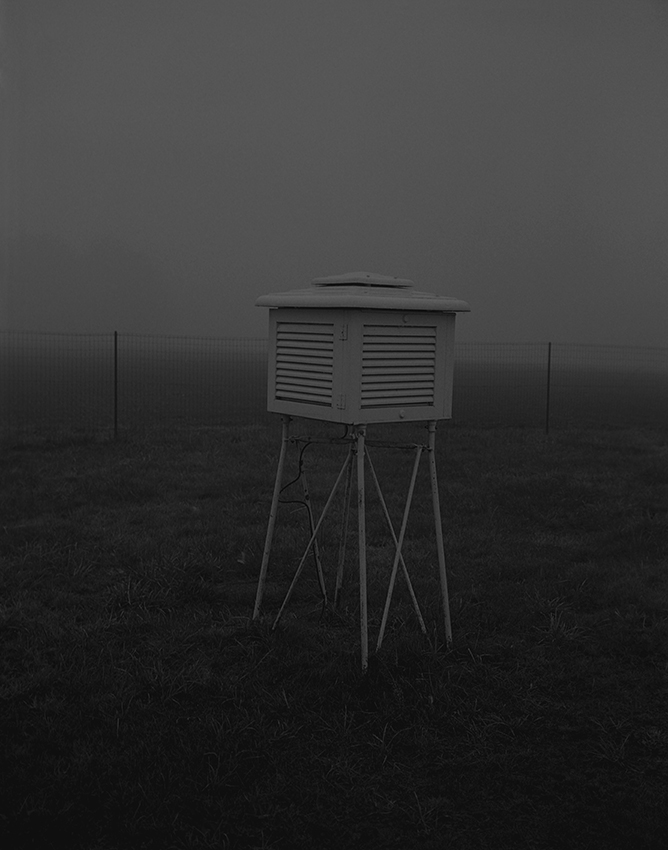

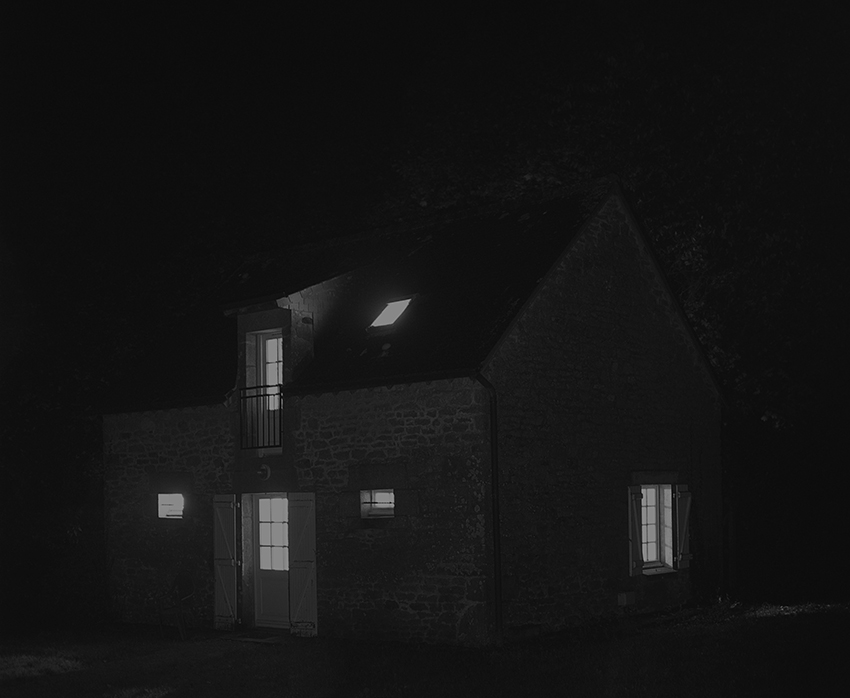
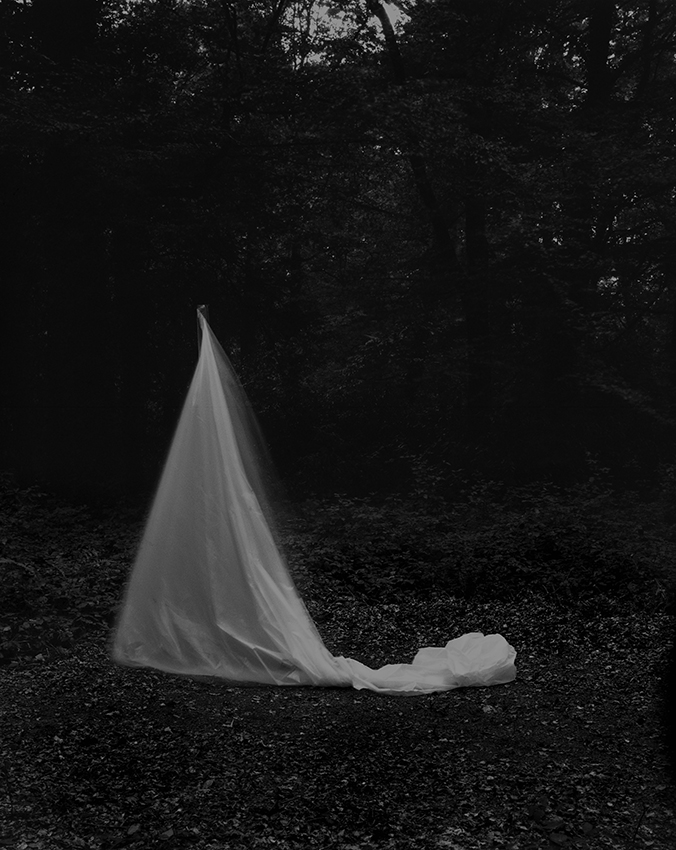
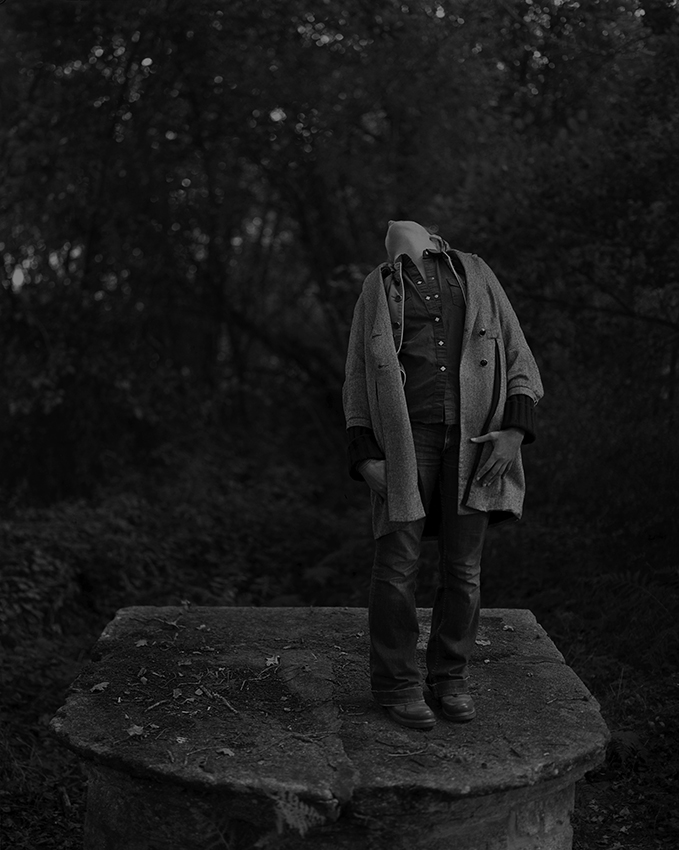

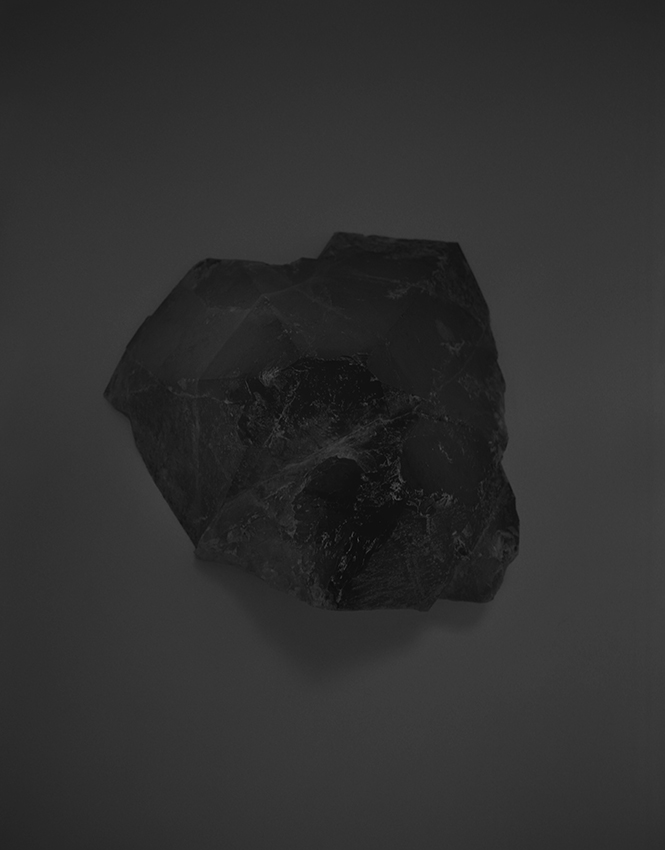
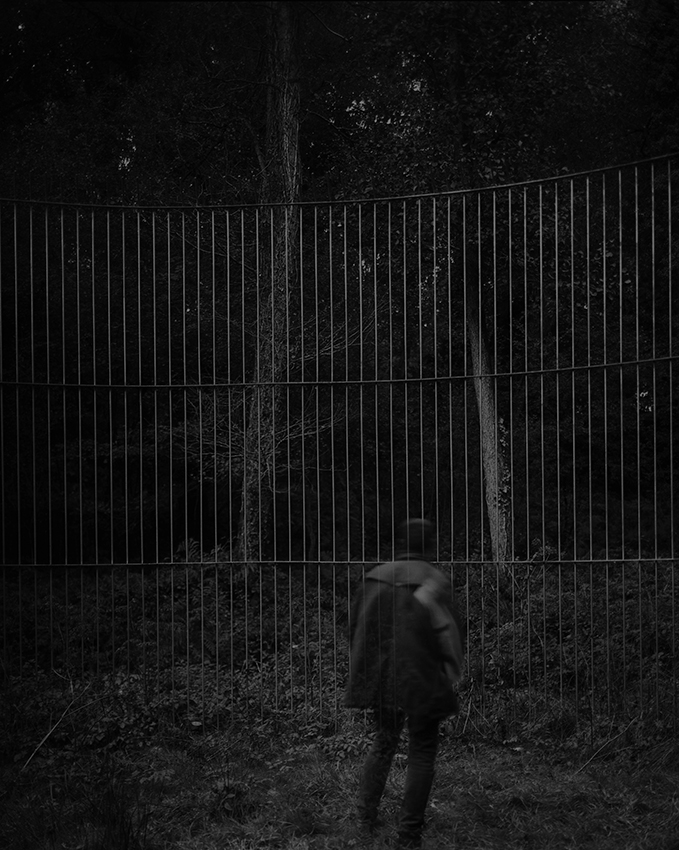
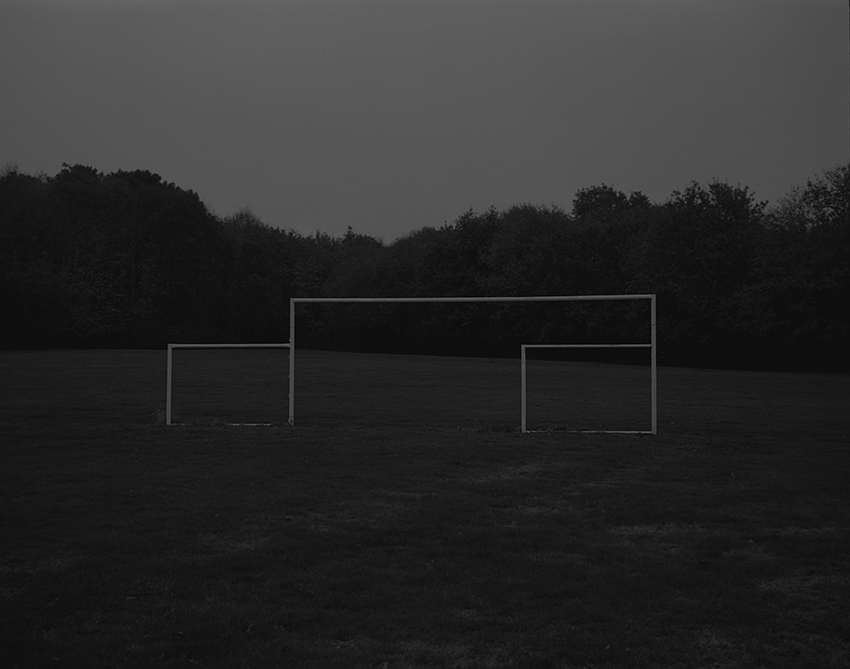
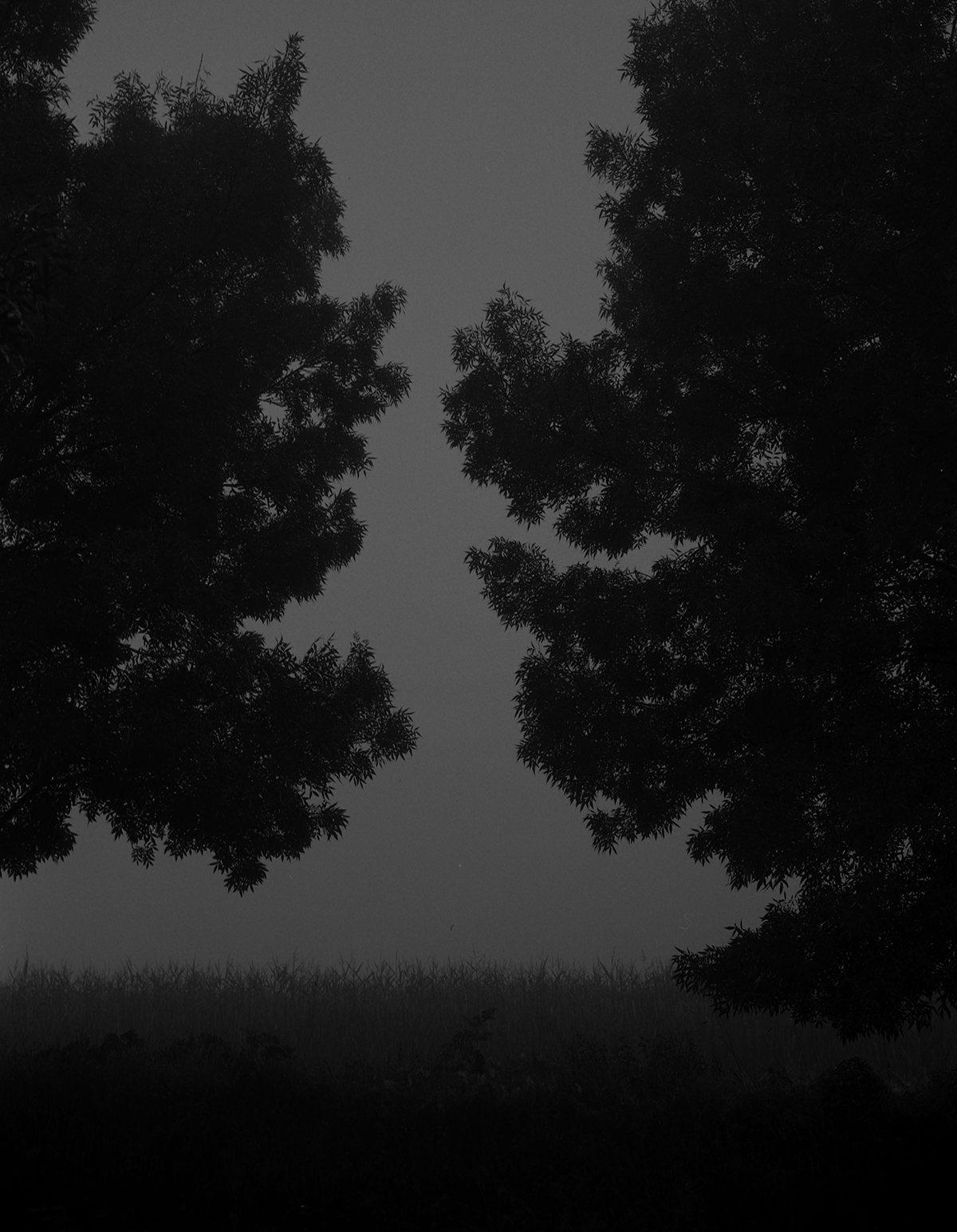
Israel Ariño is one of the talented photographers who have exhibited their work at gallery Espace Jörg Brockmann, the juror of the current #FotoRoomOPEN edition (submit your work before next 15 May 2019 for a chance to have a solo exhibition at the gallery!).
The Gravity of Place by 45 year-old Spanish photographer Israel Ariño is a conceptual photography series, in Israel’s own words, “explores the concept of ‘place’ as the essence of emotional connection through the darkness, the limits of what is representable and the perception of reality. My work’s main objective is to use the apparent magic of the photographic process to manifest the subtle realities that lie underneath the surface.”
Israel’s idea for The Gravity of Place came while out shooting at night: “The darkness offered me an incredible experience and a special perception of reality. This was my first inspiration. After taking many pictures in the dark, I also started thinking about using photography to explore the idea of gravity. In particular, there was one image I took that set me in this direction, which shows a big cloud over a tree bent to the ground, and it looks like the cloud is pushing down the tree. When I saw this photo, I realized I wanted to explore the idea of gravity in a symbolic way. Besides that, I continue looking for new images related to the experience of darkness, the sensuality of night, the balance between the bodies, the feeling of fear… I don’t take pictures just for the sake of it—I need to feel connected to a certain place or experience.”
For Israel, The Gravity of Place was also an opportunity to experiment with the photographic medium: “The images investigate the limits of photography. Experimenting with materials and techniques is, for me, a way of entering the mystery of the photographic epiphany, that is how images appear out of nowhere, as if by magic.”
“I try to create images that have their own life in the viewers’ imagination” he continues. “Usually, those who have seen The Gravity of Place comment that they find the work surprising. Some of them understand that I’m dealing with something that can’t really be photographed. Of course, it’s not easy to transfer my experience of darkness into a coherent piece of work. Photography is a vehicle of poetic expression that communicates things which cannot be seen. I would like to think that my work has the power to make people believe that reality is far more intense than we think it is.”
Of his interests as a photographer, Israel says that “the main theme of my creative flow is the magical and mysterious territory of subjectivity. I first started with photography because I was curious about how to make the world fit into a box. I use photography as an attempt to provoke and question a certain vision of reality. In a way, I try to subvert the traditional approach to photography to create not a narrative, but an emotional structure. In Robert Frank’s words, what matters is “to make photographs as incomprehensible as life itself.”
The list of photographers who have influenced Israel’s practice includes Eugène Atget, Luis González Palma, Jordi Fulla, Joan Fontcuberta and Mark Steinmetz. The last photobooks he bought were Past K-Ville by Mark Steinmetz and Dialogues with Solitudes by Dave Heath.
Israel’s #threewordsforphotography are:
Fiction. Poetry. Invisible.
Keep looking...

FotoFirst — Terry Ratzlaff Portrays the People Looking for Sex Online

FotoFirst — New Cinematic Photobook Explores Residential Segregation in St. Louis

Tempora Morte — Lia Darjes Creates Painterly Still Lifes at Kaliningrad’s Roadside Markets
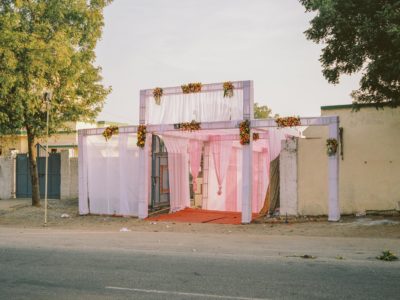
Rani Road — Saleem Ahmed Shares Poetic Photographs of His Parents’ Hometown in India

In the Vicinity — Ed Panar Roams Around California’s Heartland of Cannabis Cultivation

Midwest Sentimental — Nathaniel Grann Explores the Idea of Family Thorugh Images of His Own One
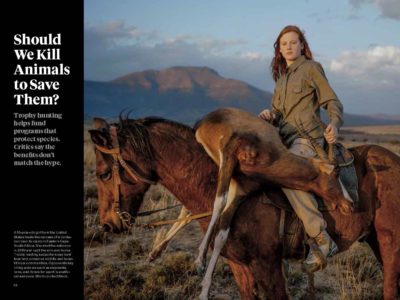
Meet Anna-Maria Pfab, the founder of Kiosk Who Will Mentor the Next #FotoRoomOPEN Winner


